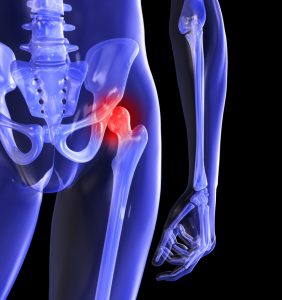 A total hip replacement is a big surgery, and therefore deciding to have the surgery done is a big decision. Here are some signs to look for to help you decide if the time is right, or not right, for hip replacement surgery.
A total hip replacement is a big surgery, and therefore deciding to have the surgery done is a big decision. Here are some signs to look for to help you decide if the time is right, or not right, for hip replacement surgery.
More than 300,000 people have complete hip replacement surgeries in the U.S. every year. About 90% of them feel better and can get back to normal activities months, or even weeks, after surgery.
Here are some signs you’re ready for hip replacement
You have hip/groin pain that keeps you awake, or awakens you, at night.
You have hip pain that limits activities necessary to go about your daily activities (getting up from a chair, climbing stairs,etc.).
It hurts when you walk, when you get in and out of a chair, and when you lean over to put on your shoes. Your hip may even hurt when you’re just sitting or lying down.
You have hip pain that limits activities that give you pleasure (walking for exercise, traveling, shopping, etc.).
You have tried other treatments for a reasonable period of time, and you still have persistent hip pain.
If constant pain affects your daily activities and mood, it may be time for surgery. “It’s when there’s an inability to do the things you want to do.”
Choosing to have a hip replacement is a big decision. As a surgeon I consider many factors including age, overall health, and expectations. As a patient, you need to consider if the surgeon who is performing the surgery is fellowship trained, and has experience performing the surgery with excellent results. I explain the options and benefits of a hip replacement to patients including the type of approach (anterior versus posterior). I also make sure they have the right support structure after surgery, and connect them with patients who have had the surgery before in order to allow them to feel more comfortable with the procedure.
